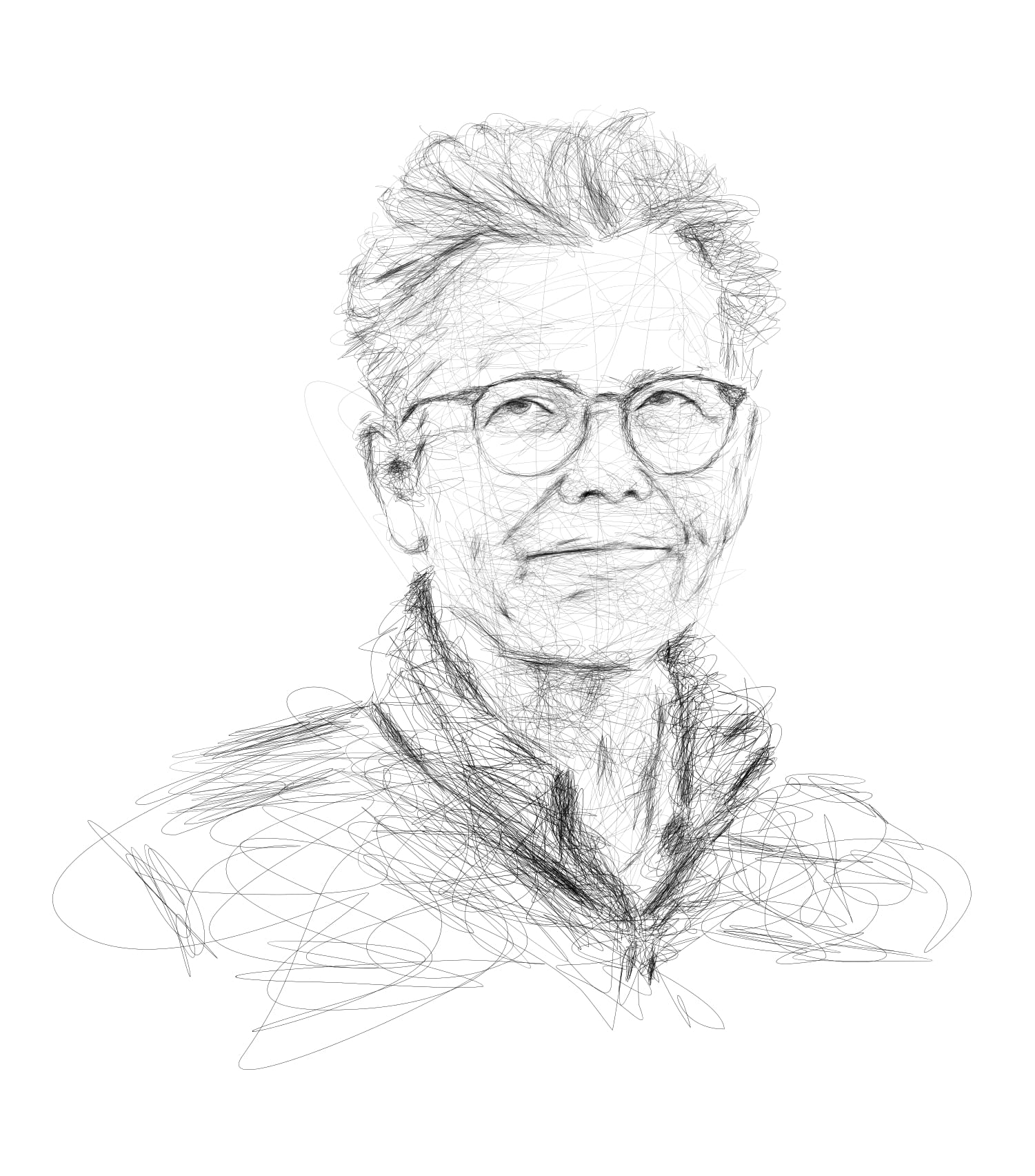Bamboo for the Built World with BamCore’s Hal Hinkle
Hal Hinkle is the CEO of BamCore, a company building high-performance beyond zero carbon footprint framing systems for buildings.
Hal Hinkle is the CEO of BamCore, a company building high-performance beyond zero carbon footprint framing systems for buildings.

What challenge is BamCore trying to solve?
Bamcore’s mission is to drive the decarbonization of the built world. Buildings are resistant to decarbonization efforts, both the industry and the physical structures themselves, and they account for about 40% of greenhouse gas emissions. Approximately one-third of these emissions come from the construction process, while the remaining two-thirds are generated during the operational phase of the building. Although it might seem like the operational emissions are more significant, the embodied carbon emissions from construction are equally problematic. This is because the embodied carbon is released into the atmosphere during the upfront construction of a building, whereas the operational emissions are spread out over the building’s lifetime. This upfront carbon burden poses a major challenge. BamCore has a product that addresses both the operational and embodied carbon emissions, providing a strong solution for decarbonizing buildings throughout their lifecycle. Since customers do not typically prioritize sustainability alone, we also position our product as a solution that addresses today’s critical pain points.
How is BamCore solving this problem?
In the building world, we must change the materials and the method we’re building with. For materials, we’ve gone through two phases bringing in bamboo and eucalyptus—fibers not used in most buildings today. Bamboo and eucalyptus are stronger and grow faster than the typical softwoods we build with. In addition to the carbon benefit, you can also do more with less compared to conventional wood.
Look at a typical 5-story residential building today. The walls are standard North American or Northern European stick-built. Those walls are thermally and acoustically porous meaning that energy moves easily across all those studs. With our product, we turn the wall into a thermos by taking the studs out. That’s a method change that hasn’t been done before because wood isn’t generally strong enough. But by using stronger materials like bamboo and eucalyptus, we can make nearly studless wall systems.
Once you change the material, you can also change the building method. It is by changing the method that we can tackle both the upfront embodied carbon and the operating carbon in the built environment. However, we still need to incentivize builders and owners. A key thing we bring is method change: with our approach builders need less skilled labor to build their walls. Less labor and skill means building faster, more accurately, and with less waste. All these are huge benefits in today’s labor-constrained construction market.
We’ve known about the structural benefits of bamboo for a long time so why aren’t we already building with it?
That is the $64 million question. In today’s world, we won’t be using bamboo for everything, despite it being as much as 100% stronger than wood. Even though it can be reshaped and, through material science, be as strong as steel, that doesn’t matter. As valuable as bamboo appears, and even though it grows back annually, the fact is that nature delivered these benefits as a long irregular tube, which makes it remarkably hard to build with.
Think about the wood framing industry, which goes back 200 years, when virgin forests surrounded so much of the population in the Northern Hemisphere. We have a whole science and industry of processing wood. It begins solid, but you can remove bark, square off round edges, peel veneers and engineer into high performance components. You can’t do that yet with bamboo. That means, despite bamboo’s great properties, they don’t unpack commercially. By the time you’ve gotten good fiber out, you may only have 40% of the material and wasted the other 60%. You don’t waste that much with wood, which has higher yield recovery or higher yield utilization. That is a critical aspect of commercialization that has not been solved yet for bamboo. This is where we come in. It’s not neurosurgery but a problem where we need to take what we’ve learned from wood and refashion it to apply to a tubular material with AI and eventually robotics. Ultimately, we need a commercial optimization approach to bamboo where all parts are used. At BamCore, we’re working with material scientists and mechanical engineers to solve how we process bamboo to get all those parts out and make new products.
Why is high yield difficult with bamboo aside from it being a tubular material?
Density and material give different mechanical properties. In both wood and bamboo, density changes in every direction, but in bamboo, we also know it’s less dense as you move outwards and more dense as you move upwards. That’s just bamboo’s nature. While no one uses bamboo as a replacement for steel, with processing it can and should be, but the product hasn’t been fully value engineered and brought to the marketplace yet. There are others working on that product, and when it happens, that will open us to mid-rise, high-rise, and heavy construction projects where bamboo can replace steel.
To use bamboo for building, you have to take it and remodel the biomass with heat, moisture, or pressure. There are many ways, but we haven’t started yet. When we do, we’ll have created the opportunity to use the entire bamboo culm, and it will become commercially viable. Bamboo will play a big role in our future and carbon sequestration.
How do you process bamboo to make it a viable building material?
The technology exists but just hasn’t been widely applied to bamboo yet. Think of when you get an Amazon delivery in a cardboard box: the material for that box came from reconstituted tree fibers. You can immediately see that the fibers have been remodeled to make that box. In this case, we’re talking about the papermaking process called pulping or kraft pulping.
Papermaking is a chemically caustic process because you have to use very strong base compounds to remove something called lignin. Wood, bamboo, and other woody plants have three main components: alpha cellulose, hemicellulose, and lignin. Alpha cellulose is the super strong backbone fiber— some say it’s 7 times stronger than the strongest wood we use today. That alpha cellulose has a crystalline section in the polymer that gives the fiber great structural promise. Then hemicellulose is messier and sort of fills in the gaps around the alpha cellulose, and lignin acts as the glue between hemi and alpha celluloses. When you make paper, you extract the lignin, leaving you with processed celluloses. That process gives you access to the fibers, which for wood is how you get soft, flexible cardboard. But you can also densify those fibers into a material semi-competitive with steel. It hasn’t been done much, but I know a few players around the world that are working on it.
The trick is to do that for bamboo without the caustic chemicals because then the embodied carbon and environmental footprint go down while maintaining strength. We’d still be better off making steel from wood or bamboo through this caustic process versus regular steelmaking, which is very carbon-intensive. But if we can go one step further and get a steel replacement out of bamboo without caustic chemicals, then we’ve made a huge leap forward.
What does the future look like for BamCore and bamboo as a construction material? Should we expect all buildings to be made from bamboo once the core processes are solved?
First, even if the future isn’t specifically bamboo, it’s the fundamental principle that matters. The principle is that if there are stronger, faster-growing materials available, we should use them. Right now, bamboo looks like one of the best candidates, if not the best one. We can also use eucalyptus, but it’s not quite as strong as the best bamboo varieties.
Secondly, it’s about the use of AI in manufacturing and construction, what is now called Industry 4.0. AI has already been introduced in the most rudimentary cases, like putting a robotic camera on a job site and letting it create an accurate as-built plan that can be sent back to the engineers and designers in real time. That’s not as interesting as using neural net optimization to solve multi-objective problems, going against an efficient frontier with factors like cost, carbon footprint, build time, fire, and moisture resistance. All of those can be optimized simultaneously when you have an articulated objective function, and this has just begun to happen. At BamCore, we are deeply figuring out where different AI tools can be applied in our manufacturing and design processes.
We have the largest building supply company in the world thinking about decarbonization. People ultimately care about how to make their day-to-day lives better. By changing the material, changing the method, getting AI to optimize the process, and achieving maximum yield recovery, we are working to drive global building decarbonization. While the current market for green technology is good, we are just as importantly addressing real pain points around labor, time, and waste. We are figuring out how to tackle those issues and have optimized our building methods against them.
HAUS specializes in public relations and creative services for deep tech startups.




